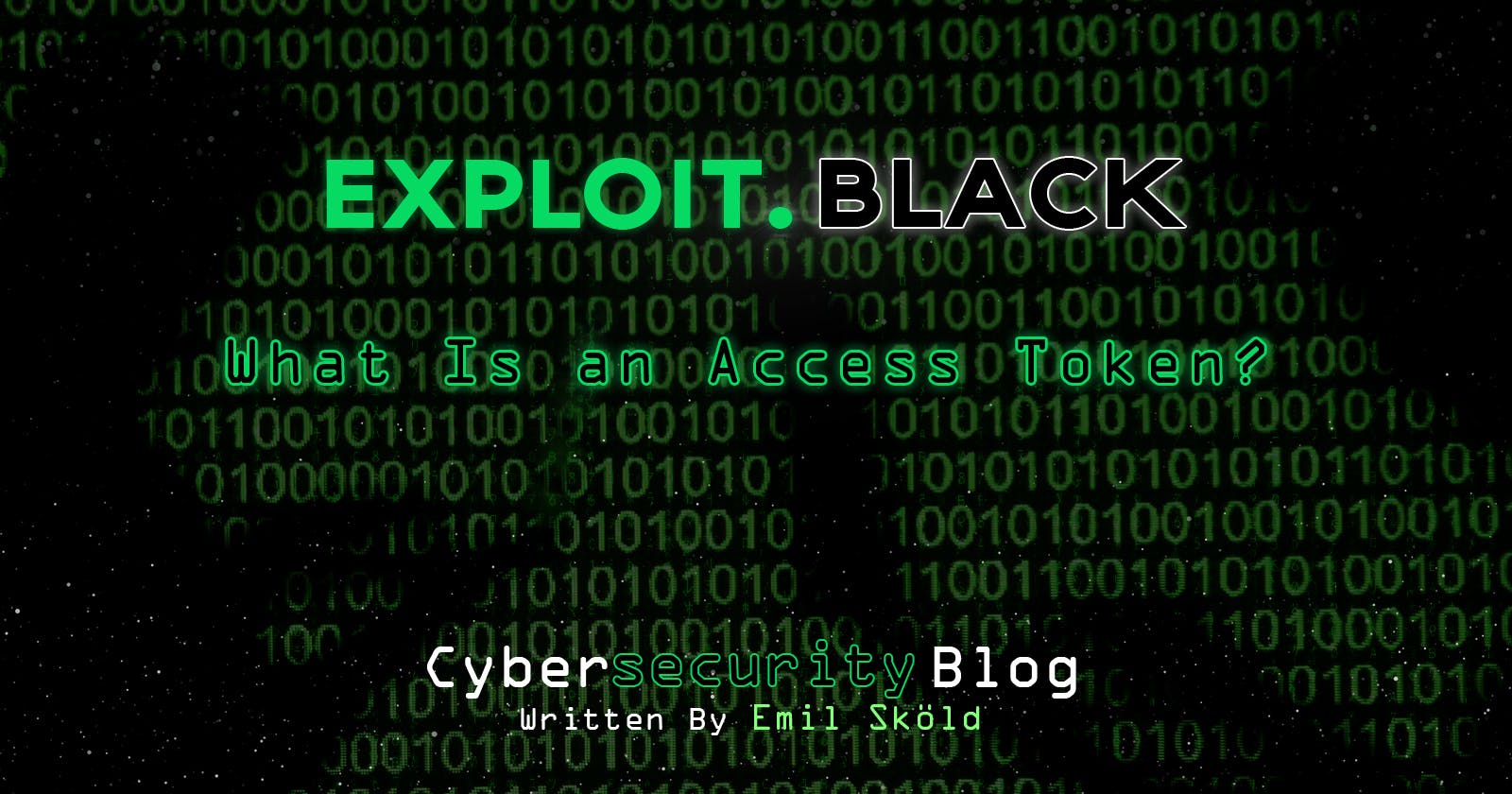
What Is an Access Token?
An access token is a tiny piece of code that contains a large amount of data. Information about the user, permissions, groups, and timeframes is embedded within one token. It's used to verify a user's right to access a resource on a server. Most access tokens also expire.
An OAuth Access Token is a string that the OAuth client uses to make requests to the resource server.
Numerous websites employ access tokens. For instance, if you have ever used credentials from one website (such as Facebook) to access another website (such as Salesforce), you have used an access token.
What Does an Access Token Contain?
A typical access token consists of three unique components that authenticate a user's permission to access a resource.
The majority of access tokens contain three crucial features.
The payload, also known as the claims section, is essential to the token's success. If the payload does not contain the necessary rights to access a certain server resource, access will be denied.
Additionally, developers can include any type of custom data within the payload. An access token from Google, for instance, can enable access to various applications (APIs), with all of these credentials specified by a single access token.
Access token types can differ between websites. Facebook, for example, provides four sorts of access tokens. Other websites offer many more.
However, regardless of how much information is supplied, access tokens tend to be brief. For example, a JSON Web Token (JWT) is composed of three Base64-URL strings. This paragraph is shorter than this one.
How are Access Tokens Utilized?
Individuals do not generate their own access codes. Servers connect with devices, and the entire operation is completed in minutes. Access tokens can also be used for single sign-on (SSO). Requests for SSO expire fast. As stated elsewhere, the majority of requests expire in approximately 10 minutes, although others terminate the process after only 60 seconds.
Ensure the Safety of Access Tokens Access tokens should be protected when they traverse the Internet's open space. Companies that do not use encryption or protected communication channels could give unwanted access to highly sensitive data if tokens are captured by third parties. It pays to be extremely cautious. Most access tokens expire as well. This simple step enables websites to verify that users are still online and active, which could prevent massive duplication or deletion. Dates of expiration can vary from business to business.
You can use the following functions to manipulate access tokens: OpenProcessToken, OpenThreadToken and OpenAuthenticationToken.
Access Tokens - Win32 Applications | Microsoft Documents
A security context is described by the access token of a process or thread. A token contains the identification and privileges of the user account connected with the associated process or thread. When a user logs in, the system verifies the user's password using a security database. Upon successful authentication of the password, the system generates an access token. Every process that executes in this user's stead has a copy of this access token.
When a thread interacts with a securable object or attempts to carry out a privilege-required system task, the system identifies the user using an access token. Access tokens include the following data:
Every process has a primary token that specifies the security context of the linked user account. When a thread of a process interacts with a securable object, the system utilizes the primary token by default. Additionally, a thread is able to mimic a client account. Impersonation permits the thread to communicate with secure objects utilizing the security context of the client. A thread that assumes the identity of a client possesses both a primary token and an impersonation token.
Use the OpenProcessToken method to obtain a handle to a process's primary token. Utilize the OpenThreadToken method to obtain a handle to a thread's impersonation token. For further information, please visit Imitation. The following functions can be used to alter access tokens.
Access tokens are not required to be in a certain format, and in reality, OAuth servers have selected a variety of formats for their access tokens.
The two types of access tokens are "bearer tokens" and "sender-constrained tokens." Sender-restricted tokens demand that the OAuth client demonstrate ownership of a private k.ey in some manner in order to utilize the access token, so that the access token cannot be used on its own.
A number of characteristics of access tokens are crucial to the OAuth security model: The OAuth client must not read or interpret access tokens. The OAuth client is not the token's intended recipient. Access tokens do not reveal the user's identify or any other information to the OAuth client. Access tokens should only be used to make resource server requests. Moreover, ID tokens cannot be used to send requests to the resource server.
OAuth 2.0 Refresh Tokens are related. ID Tokens vs Access Tokens OAuth 2.0 Bearer Token Usage (RFC 6750) Empiricist Reflection (RFC 7662) Token Cancellation (RFC 7009) JSON Web Token (RFC 7519) JWT Profile for Authentication Tokens
References:
> OKTA
> OAUTH
> DOCS - "Access tokens"
> OAUTH


